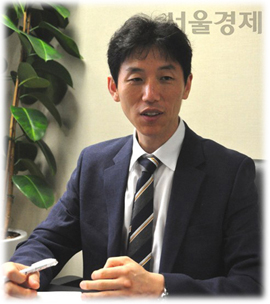| 일 | 월 | 화 | 수 | 목 | 금 | 토 |
|---|---|---|---|---|---|---|
| 1 | 2 | 3 | 4 | 5 | ||
| 6 | 7 | 8 | 9 | 10 | 11 | 12 |
| 13 | 14 | 15 | 16 | 17 | 18 | 19 |
| 20 | 21 | 22 | 23 | 24 | 25 | 26 |
| 27 | 28 | 29 | 30 | 31 |
- Political Regimes
- Political Change
- mechanism of politics
- Canonical Politics
- political phenomena
- Order of Choice
- new political science
- politics and war
- Task Delegates of the Ruler: Inner Circle
- the 3rd Law of politics
- Regime Change
- Orderliness of Choice
- Operation of the 2nd Law
- Cohesion Force
- politics of Inner Circle
- political organization
- Differences in Individual Abilities and Tendencies
- Power
- the 2nd law
- Political Regime
- Samjae Capacities
- Mathematical Model of political science
- Value Systems
- power and organization
- politics
- 1st Law of politics
- Samjae Capacity
- Political power
- survival process theory
- Mathematical Model of politics
- Today
- Total
New Political Science
(3) a. Mathematical Model of Political Capacity 본문
(3) a. Mathematical Model of Political Capacity
Political Science 2023. 12. 11. 16:49(3) Mathematical Model of the 1st Law
a. Mathematical Model of Political Capacity

As discussed earlier, all political actors, such as individuals or political organizations, have a survival capacity , which can be represented as a vector of three terms as follows.
[Fmla.1.1: Repeated] \( \vec{L} = \begin{bmatrix} A \\ E \\ \vec{I} \end{bmatrix} \)
The 1st law explains the relationship between the components of this vector.
Firstly, the effect of armed capacity (), as an element of political capacity, is strong but temporary. The effect of economic capacity () is visible but gradual, and the effect of ideological capacity () is weak but continuous. This can be expressed in the following formula:
[Fmla.3.1.1] \( F_{RC}(A) > F_{RC}(E) > F_{RC}( | \vec{I}|) \)
Here, can be understood as a function indicating the strength of each capacity. In other words, represents how strong the effect of armed capacity is, while represents the strength of the effect of economic capacity. The stronger the strength, the more the effect is exerted in a short period of time and ends in a short period of time. Therefore, the duration and scope () of the influence of each element of political capacity are inversely proportional according to the following formula seen earlier:
[Fmla.1.9: Repeated] \( F_{RC} = \frac{c}{R_{NG}} \) (\( c \) is a constant)
Accordingly, the following formula can be easily derived.
[Fmla.3.1.2] \( R_{NG}(A) > R_{NG}(E) > R_{NG} ( | \vec{I}|) \)
'Mechanism of Politics' 카테고리의 다른 글
| c. Mathematical Model and Implications of the 1st Law (0) | 2023.12.11 |
|---|---|
| b. Interrelationship of Political Capacity Elements (0) | 2023.12.11 |
| c. ㉣ Those with Armed Force Obtain Power (0) | 2023.12.11 |
| c. ㉢ Interactions between Samjae Capacities (0) | 2023.12.11 |
| c. ㉡ Interaction Structure of Samjae Capacities (0) | 2023.12.11 |


